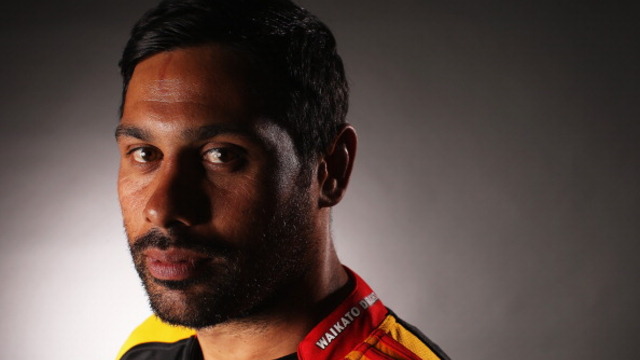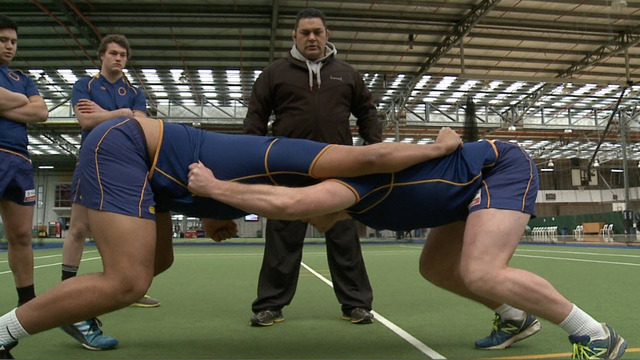One of the features which sets the English Red Roses apart from their rivals in the Women’s game is the strength of their lineout drive. On the rare occasions where England are struggling or under pressure, they can always return to the power of their maul from lineout to stabilize matters.
Nowhere was this more clearly underlined than in the recent World Cup match between England and South Africa. England scored all of their first six tries directly from lineout drives to establish a 36-0 lead one minute after half-time. That built the Roses’ confidence. They felt the buffer on the scoreboard was sufficient to expand their play, and none of the other 39 points in the second period came from their tight set-piece work. From the viewpoint of try-scoring origins, the first 41 minutes, and the last 39 were like chalk and cheese.
The Red Roses show a lot of tactical awareness in two key areas of lineout drive play:
1. The initial formation and numbers at set-up.
2. Preserving momentum after the drive has been stopped.
1. Winning the numbers game at lineout time.
England are very good at not declaring their numbers as the lineout begins to form. They had both their lineout caller (number 4 Rosie Galligan) and the acting halfback (number 7 Marlie Packer) stand out of the line, so South Africa consistently set up with only four or five players on defence:
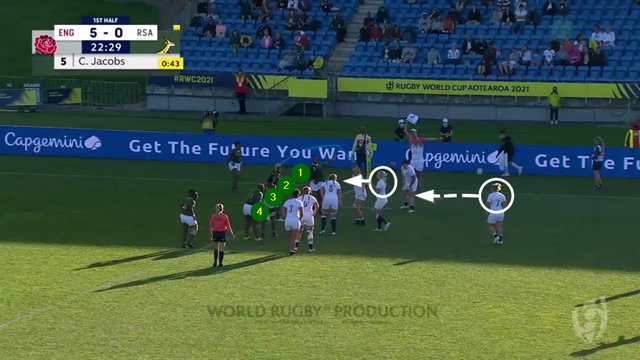

This granted England two big bonuses at the set-up stage. On the one hand, Galligan was able to pick her spot, and enter at the place of least resistance; on the other, with Packer latched on immediately behind Galligan, it gave the Roses an effective seven-on-five advantage in numbers at the point of attack on the drive.
Whether Rosie Galligan enters in that pre-formed middle pod (in the first example), or drops down to the front (in the second), momentum develops very quickly because of the extra weight applied by the blocking front at the initial point of contact.
There is no doubt that South Africa should have asked the referee to clarify English numbers before the throw. As it was, England were effectively operating with the maximum flexibility offered by having not one, but two players in the receiver position:
18.16 If a team elects to have a receiver, the receiver stands between the five-metre and the 15-metre lines, two metres away from their team-mates in the lineout. Each team may have only one receiver.
The Red Roses were playing with a 5+2, rather than the usual 6+1, and that stacked the cards in their favour at set-up:
Galligan again drops down the front, and is immediately surrounded by a blanket of six supporting players in white, working against only three Women Boks.
2. Overcoming stops in the drive.
England were also very good at masking stops in the drive and preserving momentum, on occasions when it appeared that the maul had been sacked or disrupted by their opponents:
In both instances, the referee (New Zealander Lauren Jenner) awards England an early penalty for contact in the air, and the Roses proceeded to score a try from the drive afterwards. However, it is equally clear that Jenner allows number 7 Packer to get up off the ground and form a separate maul from a position in behind blockers already ahead of the ball.
World Rugby’s laws on the maul expressly forbid a player from slipping back behind their blockers (as in the second example), or starting a new maul when a previous one has just ended (as in the first):
16.16 [a] A maul ends when the ball or ball-carrier leaves the maul.
16.10 A player in possession of the ball must not slide or move backwards in the maul.
The England forwards do an excellent job of sustaining momentum after the maul has been stopped illegally, but one illegality cannot be said to legitimize another following hard on its heels.
Summary
The contest between the England and South Africa women illustrated many of the themes of top-quality lineout drive play. On attack, you mask numbers and stay flexible until the last possible moment, to achieve maximum concentration at the point of attack; whenever possible, you try to maintain continuity even after the drive has been temporarily stopped or sacked.
Forwards on defence need to ask the referee to clarify numbers and the player designated as ‘receiver’ as early as possible at set-up, and flag up blockers joining ahead of the ball during the drive. The officiating of these areas will become a key issue as the tournament progresses to its final stages.
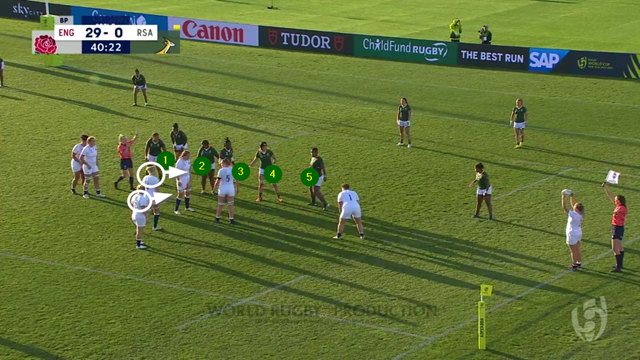

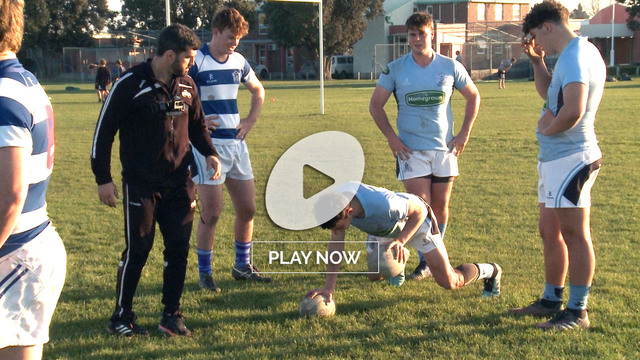
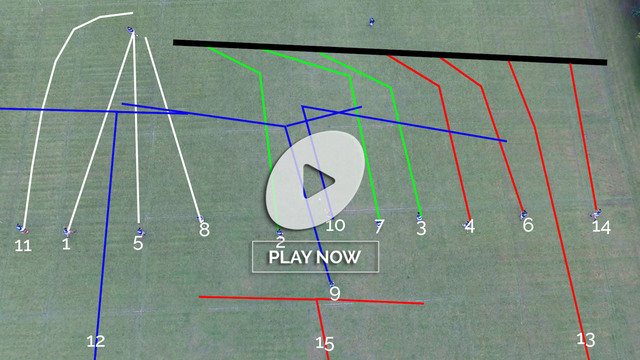

.jpg)
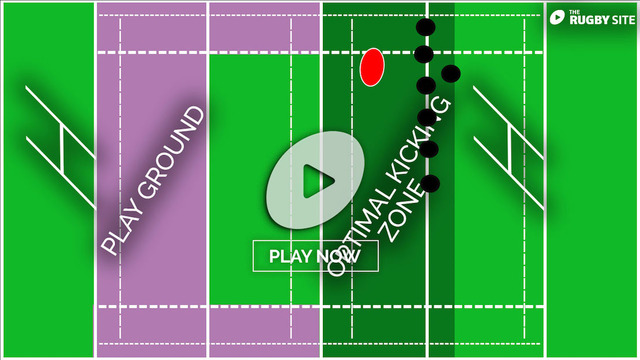
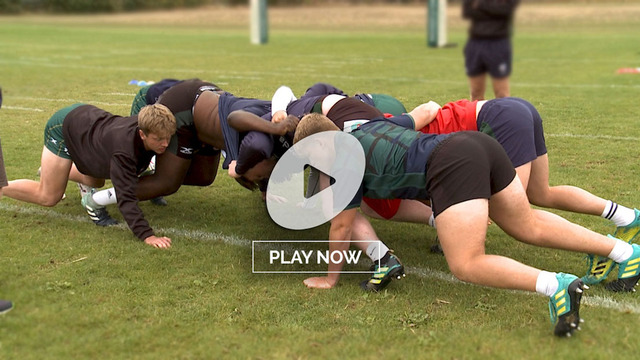
.jpg)
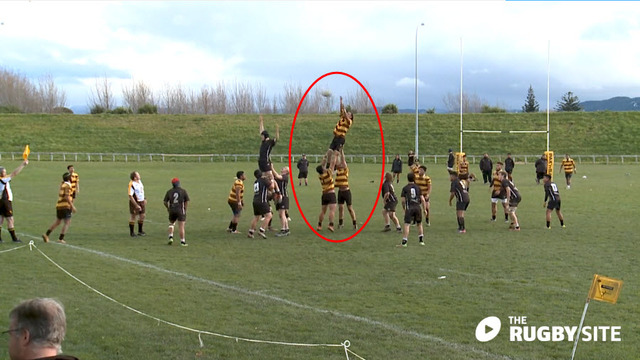
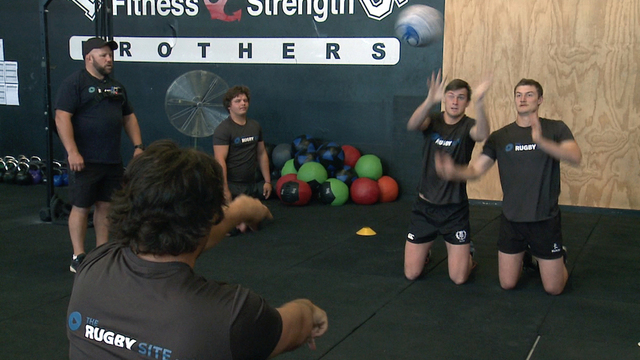
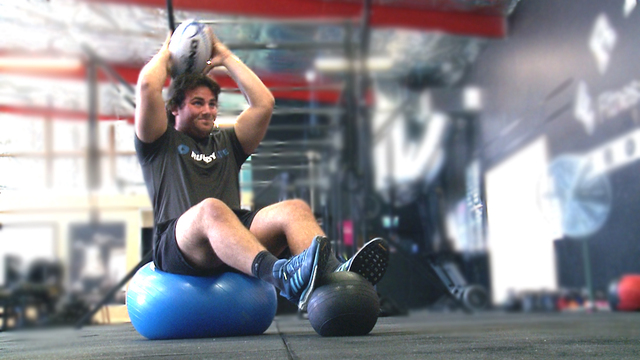

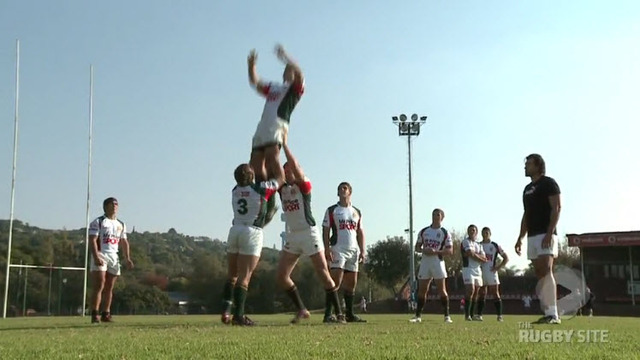
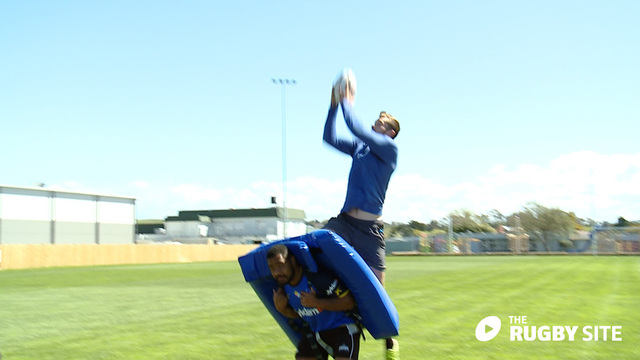
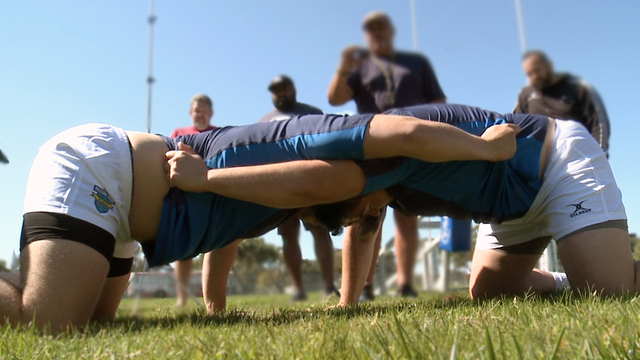
.jpg)
